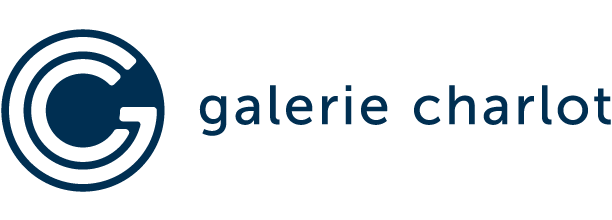Anne-Sarah Le Meur - Study Day "Teaching Digital Arts. Contexts, Issues, Methods"
03/21/2025
Since the 1990s, artistic pedagogies, and more specifically the teaching of digital art, have undergone profound transformations. An increasing number of artists are using computers and digital devices, while these practices are being taught in art schools and certain university art departments. The world of digital tools dedicated to the creation and processing of images is experiencing constant expansion and proliferation: the number of tools is increasing, and each tool itself is continuously evolving. Furthermore, digital art has experienced a remarkably rapid history/evolution: even before it had defined its field of action and expression, some of its creative forms (3D, interactive images, VR) have already been automated and are part of the functions offered by image creation software. This trend has reached its peak with the current emergence of generative A.I. Fueled by massive databases, these A.I.s perform complex calculations to generate images, the aesthetic quality of which still remains to be assessed. In this context, art education is strongly impacted by the use of digital tools. On one hand, creativity and artistic practice are challenged by the (apparent) performance of digital production tools, while on the other hand, digital means have caused ontological changes in the field of art: automated production, infinite reproduction and variation, instant diffusion, ubiquity, etc. In response to these transformations, university art education is gradually incorporating technological innovations into its pedagogies. After three decades, how can we question this evolution? Is it possible to envisage an artistic training exclusively dedicated to digital practices? If so, what links would it have with traditional training in visual and plastic arts? If not, how is the teaching of digital practices integrated into plastic arts, where one learns to draw, paint, sculpt, photograph, engrave, and make films? If these questions interest you and you want to take stock of this issue, join us on March 21, 2025, at the Mont Houy Campus, Matisse Building.
Nikoleta Kerinska, MCF
Laboratory: Descripto / LARSH / Université Polytechnique Hauts-de-France
Anne-Sarah Le Meur, MCF
Laboratory: Institut ACTE (UR 7539) / EAS / Université Paris 1 Panthéon-Sorbonne



